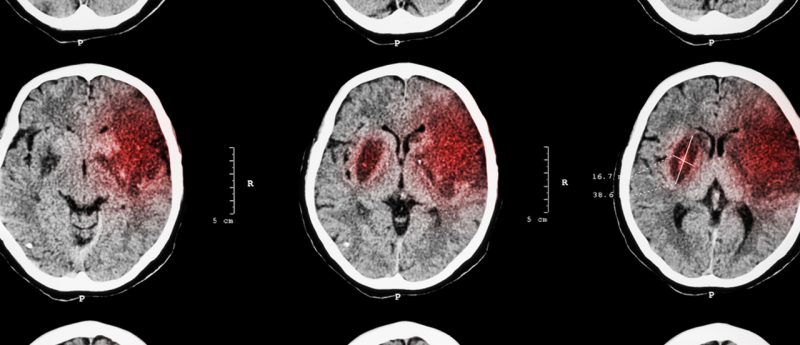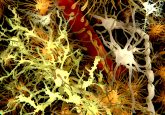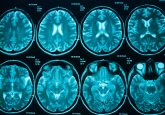Developing a molecular taxonomy for traumatic brain injury: a perspective to enable the development of diagnostics and therapeutics

Traumatic brain injury (TBI) is a major cause of death and disability and one of the greatest unmet needs in medicine and public health [1,2]. It is considered “the most complex disease of our most complex organ”, strikingly heterogeneous in terms of mechanisms, pathology, severity and treatment, with widely varying outcomes [3]. To date, traditional, unidimensional and insensitive methods discretely categorize TBI as mild/moderate/severe giving little insight into the disease phenotype and individual specific molecular pathophysiology behind the injury. On the other hand, characterization and classification of TBI would require multidimensional approaches able to encompass the clinical reality of TBI...





